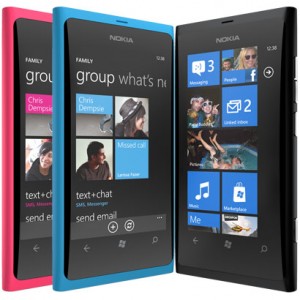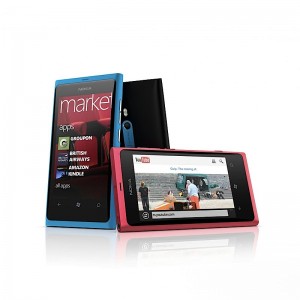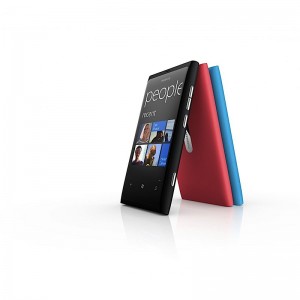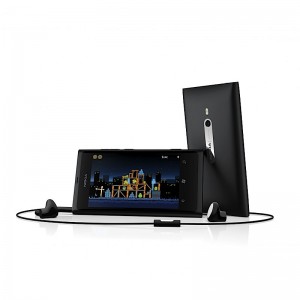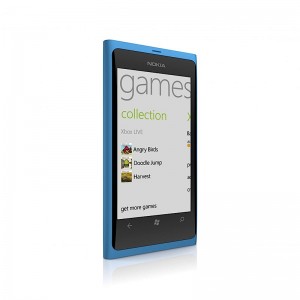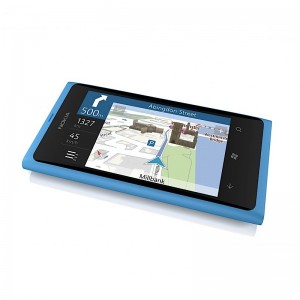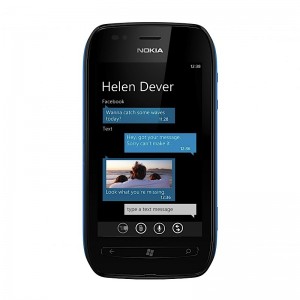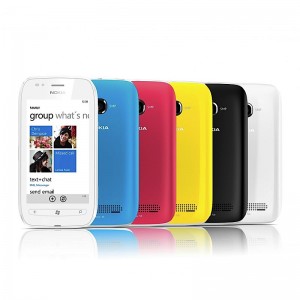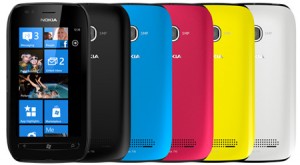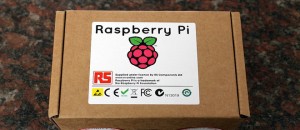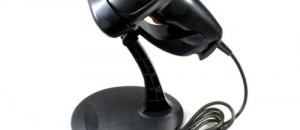It has been a long time coming, but at last they have arrived: Yesterday Nokia revealed their first two Windows Phone devices, Nokia Lumia 800 and Nokia Lumia 710.
The Lumia 800 is the higher-end one ($585 USD off contract), weighing in at 147g (116.5 vs 61.2 vs 12.5 mm) with a 3.7 inch 800×480 curved ClearBlack AMOLED display (w/ Gorilla Glass) and 8 MP (w/ dual flash) Carl Zeiss shooter running on 1.4 ghz Qualcomm MSM8255, 512 MB RAM, and 16 GB internal storage powered by a 1450 mAh battery (“maximum” 9.5 hours talk time on 3G).
It terms of connectivity, the Lumia 800 has a quad-band GSM radio (850/900/1800/1900, i.e. global roaming with 2G) tri-band UMTS (2100/1900/800, i.e. 3G won’t be available on all carriers) [max theoretical speed of 14.4 Mbps], 802.11 b/g/n WiFi, Bluetooth 2.1, USB 2.0, and 3.5mm headphone jack. And, of course, the standard accelerometer, magnetic sensor, proximity sensor, and light sensor are included. All this running on Windows Phone 7.5, otherwise known as Mango.
What Lumia 800 doesn’t have is a front facing camera, microSD slot (however, phone comes with free 25GB SkyDrive storage), or support for regular SIMs (micro SIMs are supported).
Compared to the competition, i.e. Android and iPhone, it is hard to say Lumia 800 is a powerhouse specs wise. However, who really cares about specs if the user experience is smooth and enjoyable? In that regard, we will only learn about the user experience when the device is actually released. People in France, Germany, Italy, Netherlands, Spain, and UK can except to see Lumia 800 beginning in November whereas Hong Kong, India, Russia, Singapore, and Taiwan will get it by year’s end. Other markets will get it sometime next year.
That said, probably the most attractive aspect of the Lumia 800 are its aethetics. Wrraped in a unibody design with the choice of three different colors (light blue/teal, black, and pink), Lumia 800 is one of the better looking handsets. Check out the pics below to see more.
Lumia 710 is the wallet-friendly one ($375 USD off contract): 3.7 inch 800×480 curved ClearBlack TFT display (no info on Gorilla Glass status), 5 MP camera (w/ single flash — no Carl Zeiss optics), 1.4 ghz Qualcomm MSM8255, 512 MB RAM, 8 GB internal storage, 1300 mAh battery (7.6 hours “maximum” talk time on 3G), 126g weight, and 119 x 62.4 x 12.5 mm dimensions.
Like the previously mentioned Lumia 800, Lumia 710 has a quad-band GSM radio (850/900/1800/1900) tri-band UMTS (2100/1900/800) [max theoretical speed of 14.4 Mbps], 802.11 b/g/n WiFi, Bluetooth 2.1, USB 2.0, 3.5mm headphone jack, accelerometer, magnetic sensor, proximity sensor, and light sensor; and it runs on Windows Phone 7.5 Mango. Also like the Lumia 800, Lumia 710 has no front facing camera, works on micro SIMs, and has no microSD slot (free 25GB of SkyDrive space is available, though).
While the Lumia 710 is not a unibody design as the Lumia 800, it does have more color choices (full black, black/blue, black/pink, black/white, black/yellow, full white, white/black, white/blue, white/pink, white/yellow).
Lumia 710 is excepted to hit markets at or around the same time as Lumia 800: France, Germany, Italy, Netherlands, Spain, and UK beginning in November; Hong Kong, India, Russia, Singapore, and Taiwan by year’s end; and other markets sometime next year.
Final Words
Without bashing on other manufacturers, finally Windows Phone devices that deliver — at least on paper. Obviously between Lumia 800 and Lumia 710, the Lumia 800 is the better handset with a better screen, better camera, more internal storage, larger battery, and more attractive design; however both appear to be really good devices.
Nokia is a popular name in cell phones for a reason: They make great handsets. The biggest driver behind Nokia’s recent downturn was the lack of ability to compete in the smartphone market due to reliance on a failing operating system. The Lumias see Nokia’s design prowess and hardware excellence combined with a modern – or at least more modern than Symbian, some may argue (rightly or wrongly) Windows Phone is still behind Android and iOS – OS. How successful this endeavor is still to be seen. Is a Windows Phone + Nokia package enough reason for consumers to overlook Lumias’ downsides – such as lack of front-facing camera and 4G – and purchase these devices over the competition? Who knows. However, both Nokia and Microsoft needed this; badly. And if the handsets perform as well as they look, Nokia and Microsoft might have a pair of winners on their hands. Too bad there is no ETA on when North America will see these devices, if at all.
Let the wars begin. Feel free to discuss in the comments below.
Nokia Lumia 800 official homepage
Nokia Lumia 710 official homepage
[via Engadget, Engadget, and Tech Prolonged]

 Email article
Email article

